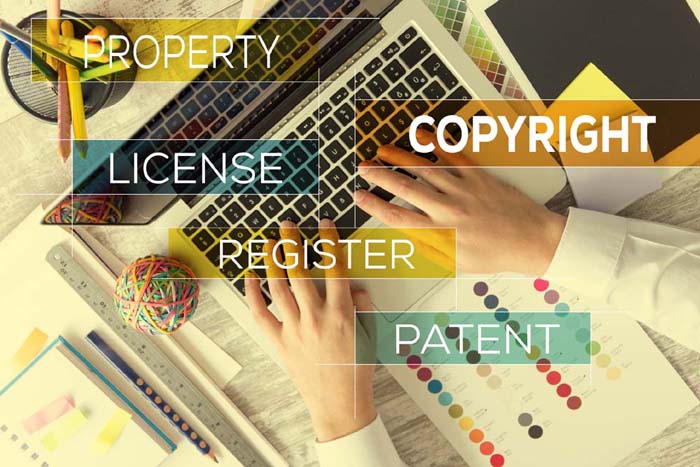
DRM for Secure PDF Protection Enhancing Document Safety
While PDF protection software can provide the most effective copy protection, preventing all methods of save, copy and print, those protected PDF documents can still be shared and redistributed without authorization unless access rights to open the protected document can be controlled.
The most commonly used means of controlling access to a protected document, and the probably the easiest to accomplish, is password protection. By requiring the input of a password prior to opening the PDF document, one can limit access to only those who know the correct password. Of course there is password protection and password protection which is easily circumvented by using software that extracts the password. But that is only possible with PDF readers that were not properly designed to cater for military grade encryption and/or carelessly store the password inside the document header instead of embedding it into the encrypted body of the document.
 That being said, password protection can be secure but only until someone shares that password with everyone else. But there is a very much more secure solution than using passwords, and that is the DRM which was developed by ArtistScope that not only locks account access to the user's computer, but being live as in a "call-to-home" solution, it can be managed with complete control over all aspects with immediate effect on any changes made, even on protected PDF documents that have already been saved to the user's computer.
That being said, password protection can be secure but only until someone shares that password with everyone else. But there is a very much more secure solution than using passwords, and that is the DRM which was developed by ArtistScope that not only locks account access to the user's computer, but being live as in a "call-to-home" solution, it can be managed with complete control over all aspects with immediate effect on any changes made, even on protected PDF documents that have already been saved to the user's computer.
ArtistScope DRM ensures that their PDF protection software cannot be exploited and that the protected PDF document cannot be shared without the explicit permission of its author.
How that works is that the CopySafe PDF Reader identifies each user by an algorithm based on the serial number of its hardware and manufacturer to create a unique computer ID. The every time that a DRM protected document is opened, the reader first checks the online DRM server for account permissions. If no account is found with that match ID that has permission to access that particular PDF document, then permission to open the document is refused.
>By controlling access using ArtistScope DRM much more is possible in regard to expiration and view or print options because each request is logged at the server, so usage can be limited according to variety of options that can be set by an author per user, group and per document such as limiting the number of prints or views, or setting expiration by a number of hours or days from a user's first use of that document.
Prior to ArtistScope DRM, other solutions were limited to the use of token files for access rights, which was seen as insecure by the ArtistScope team because it gave hackers something to play with and once downloaded, could not be altered or revoked by the author. So a better solution was sought and live server management was something that ArtistScope had been using for software licensing since the release of their first copy protection software in 1999. So DRM was revolutionized by ArtistScope, confounding its competitors for years before they acknowledged that it was possible and tried to duplicate it.
While some claim that there is a need for DRM tokens so that users can read while offline, periodic surveys of ArtistScope clients using DRM (700+ companies) have shown that they all prefer the live online DRM that they have with CopySafe PDF Protection software as it gives them total control with flexibility.
So whether you need to distribute secure documents or have a need for image protect software where you can provide securely copy protected images, drawings and plans with total control over all aspects including expiration, print limits and access rights, CopySafe PDF Protection software with DRM applied is the best solution.
Author: William Kent
Date: 21st October 2020
Return to DRM and Copy Protection
Comments
No comments